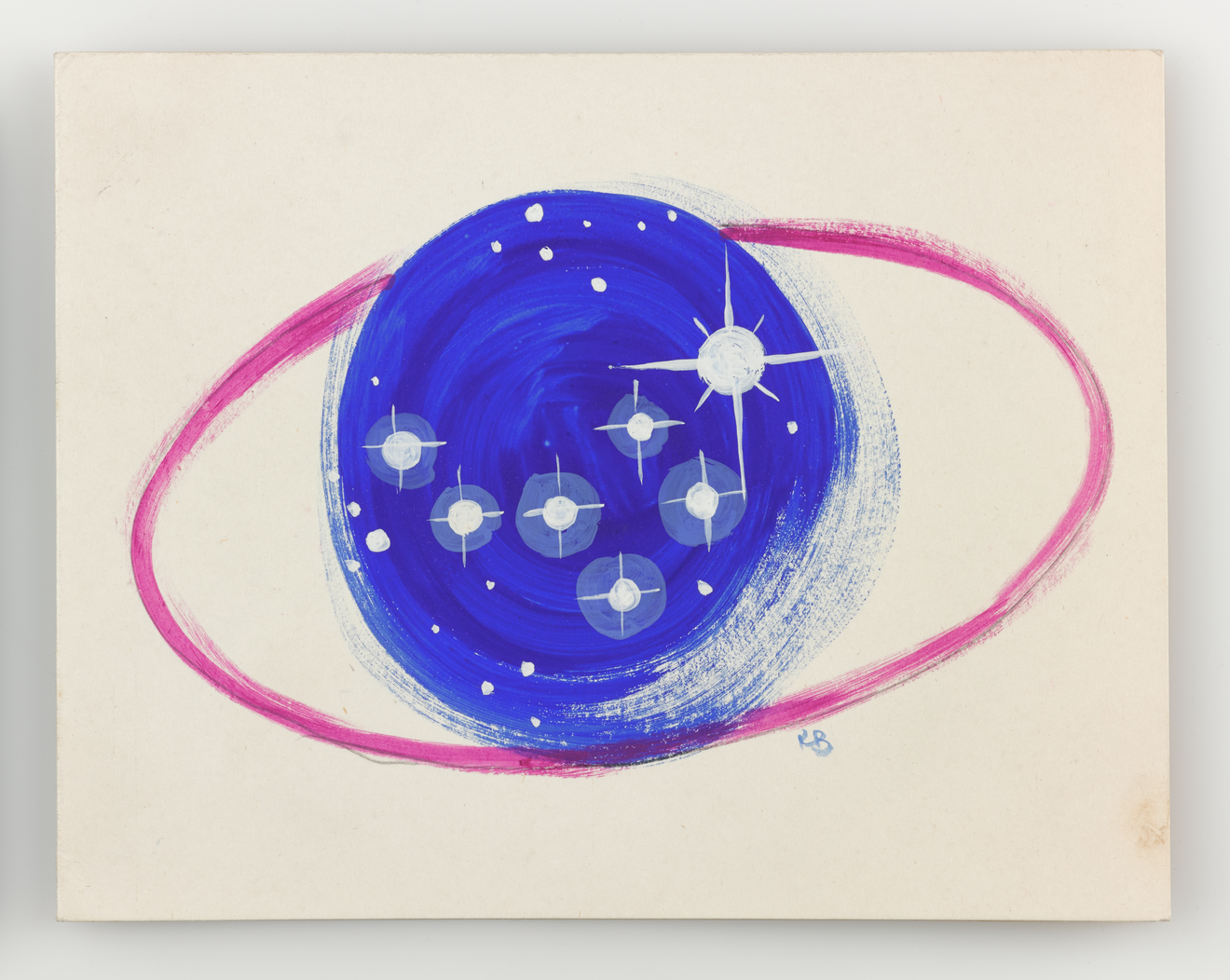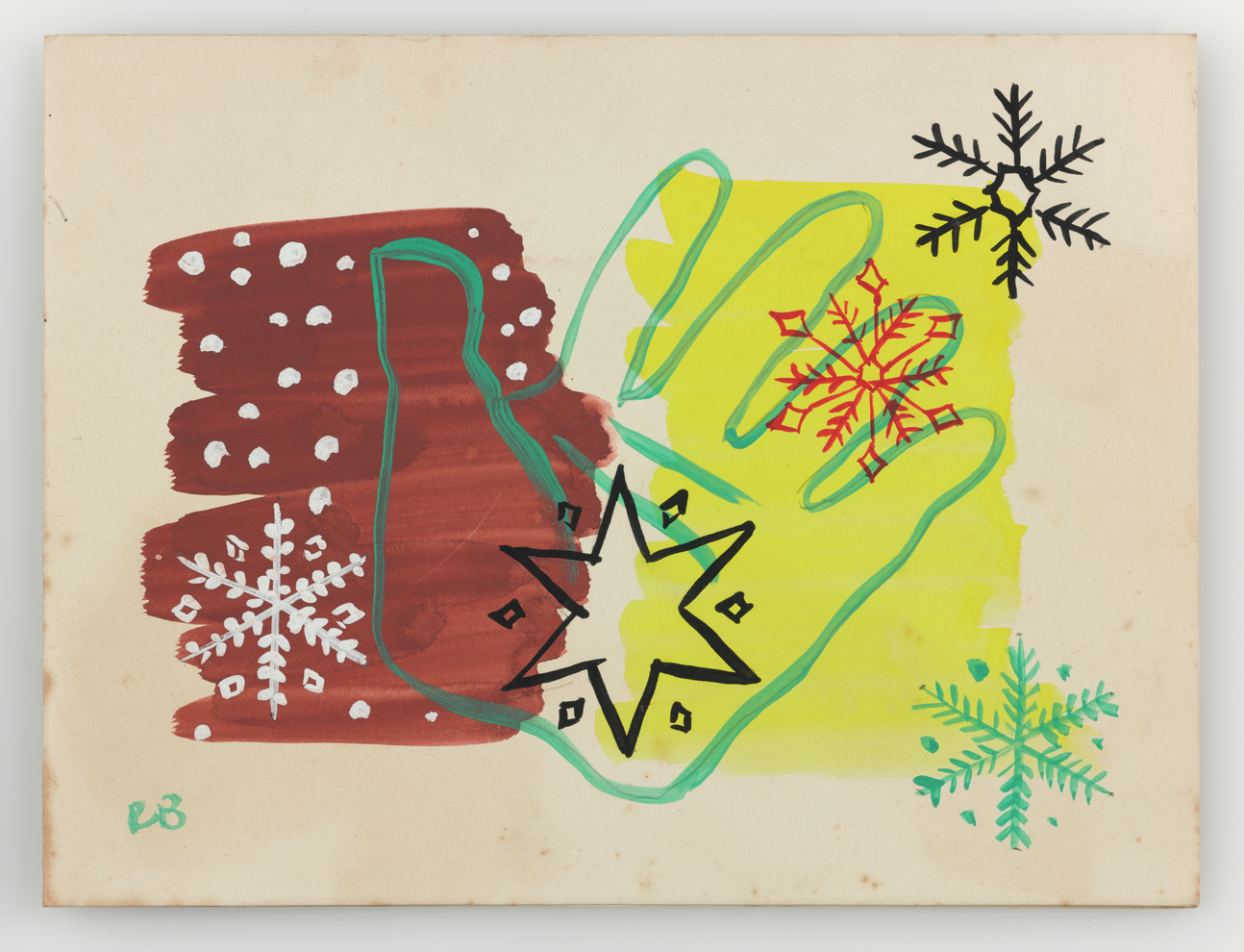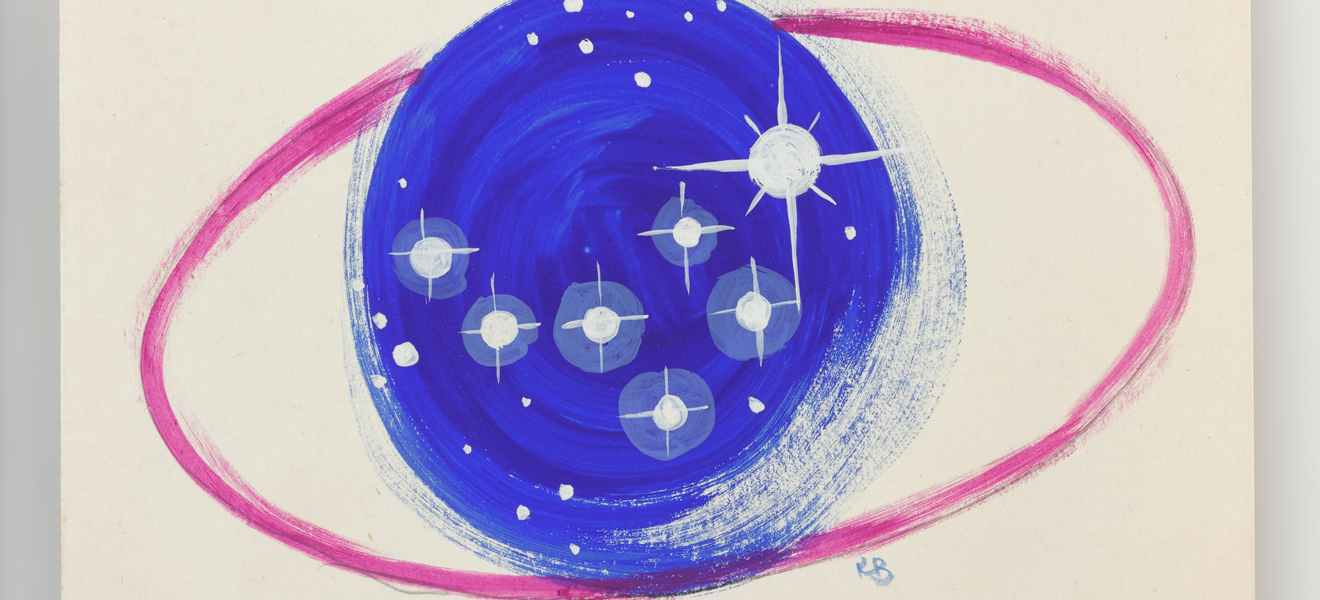Today (7 May 2019) marks 60 years since an infamous Rede Lecture given at Cambridge by Sir Charles Percy Snow (known as C.P. Snow).
You may never have heard of this event, but yet the phrase that came out of it ‘the two cultures’ and the enduring idea of a fundamental difference between the arts and sciences continues to influence us today.
Snow was a trained research scientist, had worked in high-level administration in the Civil Service and private industry, and was a successful novelist and reviewer.
By 1959 he was a public figure whose Rede lecture immediately attracted international comment and criticism.
Entitled ‘The Two Cultures and the Scientific Revolution’, the major thesis of Snow’s lecture was that a dangerous division of ‘two cultures’ had developed in the Western World, between the ‘literary intellectuals’ as he called them, and the natural scientists.
Distrust and incomprehension between the two led to a dangerous inability to apply new technologies to solve world problems. He focused particularly on education, and on the lack of scientific literacy that he saw in many government administrators, trained as they were in the classic humanities curriculum of British schools and universities.
Snow spoke from the particular political, economic and cultural context of the 1950s and his education in the 1920s and 30s.
His idea of two cultures would have been anathema to most thinkers prior to the 1800s and stems partly from an event referenced in his title.
‘The Scientific Revolution’ was a period in the 1600s when natural philosophers (as scientists were then termed) developed an experimental method for their work, which continues to be the fundamental basis of much scientific activity today.
The cultural authority which attached to the knowledge, and methods, of these natural philosophers set the stage for the development of a separate discipline. The terms ‘science’ and ‘scientists’ were coined for this in the 1800s as the Industrial Revolution made sweeping technological changes to people’s lives.
Snow argued that humanities scholars, and particularly literary critics, failed to understand the technological and scientific developments, since the beginning of the Industrial Revolution, which could change the world.
Contemporaries saw Snow’s arguments as partly instigated by a book published in 1956 by Jacob Bronowski, Science and Human Values, in which Bronowski argued the opposite: that the failings of civilization were due to a blind belief in the power of science, without attention to its social context.

In 2018 the Science Museum Group acquired a group of artworks co-authored by Bronowski that exemplify how ‘the two cultures’ continued to intertwine in this period, despite Snow’s pronouncements.
Every year, Bronowski and his wife, the artist Rita Colin sent original Christmas cards to their friends, considering religious and scientific themes through painting and poetry.
Bronowski was an influential scientist and government administrator, much like Snow. His research spread across algebraic geometry, topology, statistics, and mathematical biology. He had pioneered operational research methods for the British war effort in World War Two and later consulted for UNESCO.
He also worked as a BBC commentator, showing particular talent for communicating science. This culminated in his influential series The Ascent of Man in 1973, written and presented in response to Kenneth Clark’s famous Civilization. It argued for the important role of scientific understanding in the development of human society.
Bronowski also had a professional interest in poetry and philosophy, seeing these as equal to science in expressing the human imagination. He published The Poet’s Defence in 1939 considering the relationship of truth in science and art, and William Blake 1757-1827: A Man without a Mask in 1944 led to developing his own poetic work. The interest in Blake was sparked by Rita Coblentz, his wife from 1941, who worked as a sculptor with the name Rita Colin.
Rita provided the paintings for the front of their joint Christmas cards, while Jacob wrote a poem for the inside of each one.

The six cards now in the Science Museum Group Collection were sent to the Observer journalist Gritta Weil, in the 1950s.
The artworks feature a range of imagery: two mother and child paintings, one reminiscent of Henry Moore; paintings of astrological symbols, and astronomical bodies; snowflakes, a rose and a cactus.
Jacob’s poems similarly mix religion, science and the humanities. The lines for 1955 consider the scientific revolution and Isaac Newton’s experiments with optics:
Till Isaac Newton showed the Pope
The clockwork in the horoscope
And, because each hated each,
Split the spectrum like a peach.
The Bronowskis’ cards illustrate how, even in the years leading up to Snow’s lecture, academics and practitioners continued to turn to both ‘cultures’ to consider the big questions in human life.
The Science Museum Group has embarked on an exciting new partnership with BBC Radio 4 to explore the complex relationship between art and science over the past 250 years.
Through an exhibition, radio series and book which launch in September 2019, The Art of Innovation: From Enlightenment to Dark Matter will look at how the arts and sciences have always been in dialogue, offering different ways to help us interpret, study and explore the world around us.
